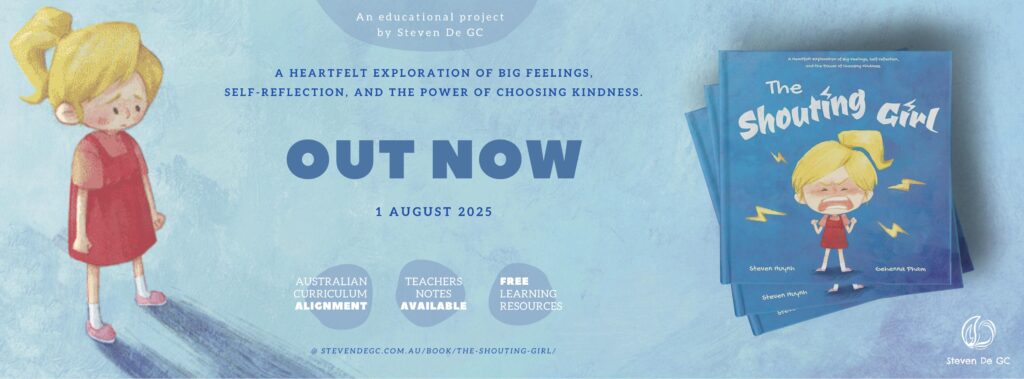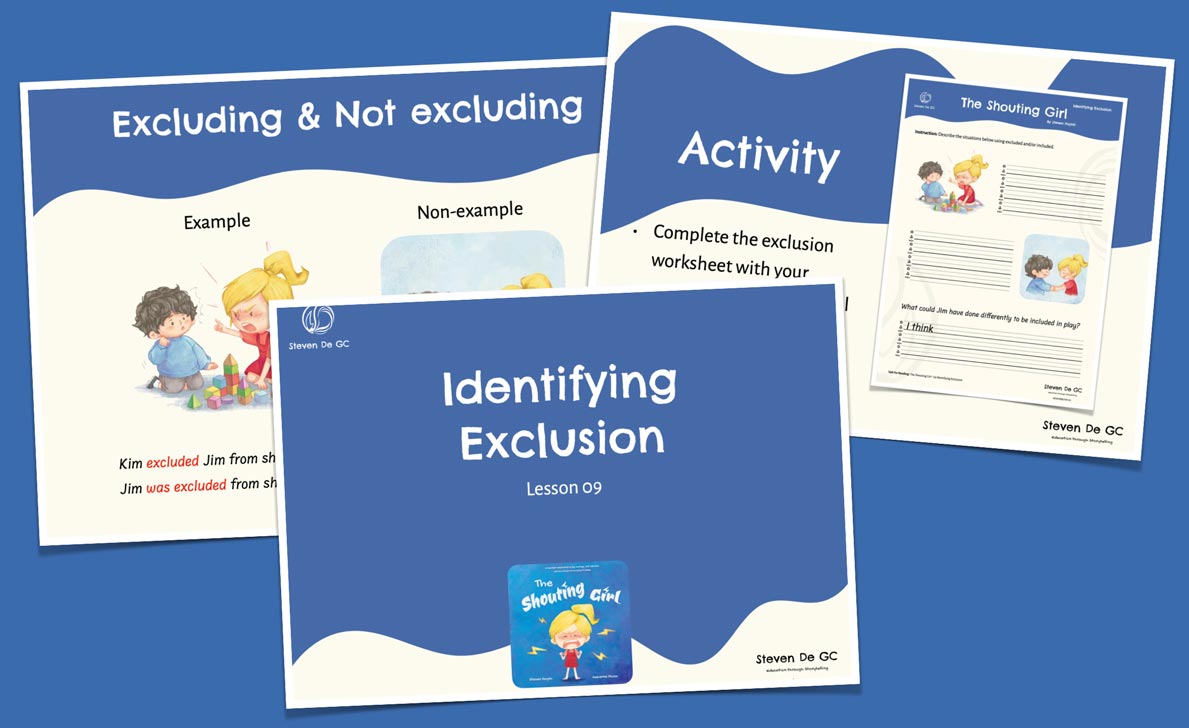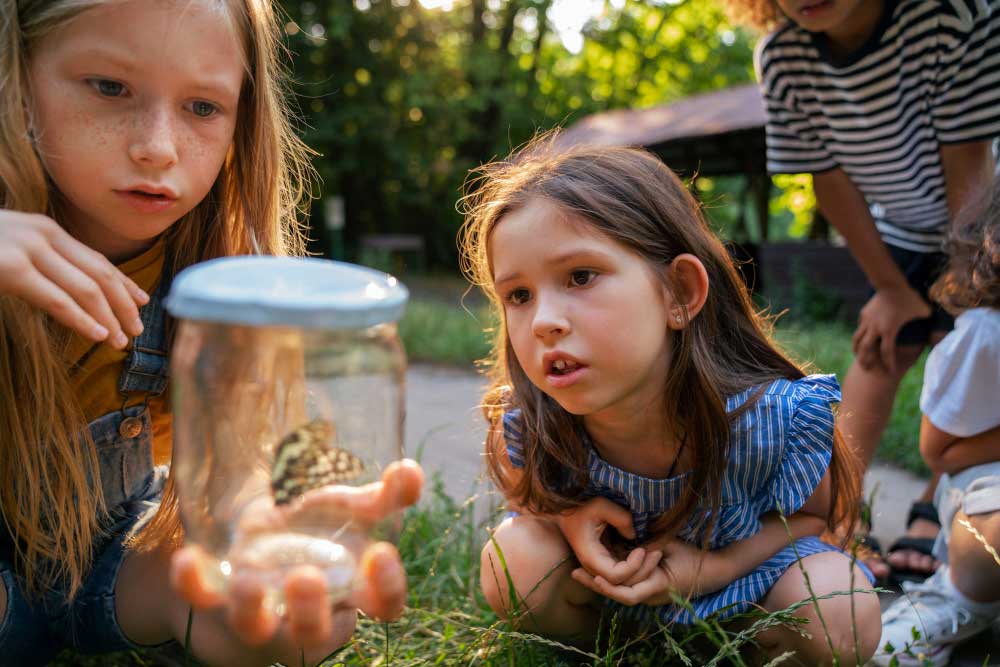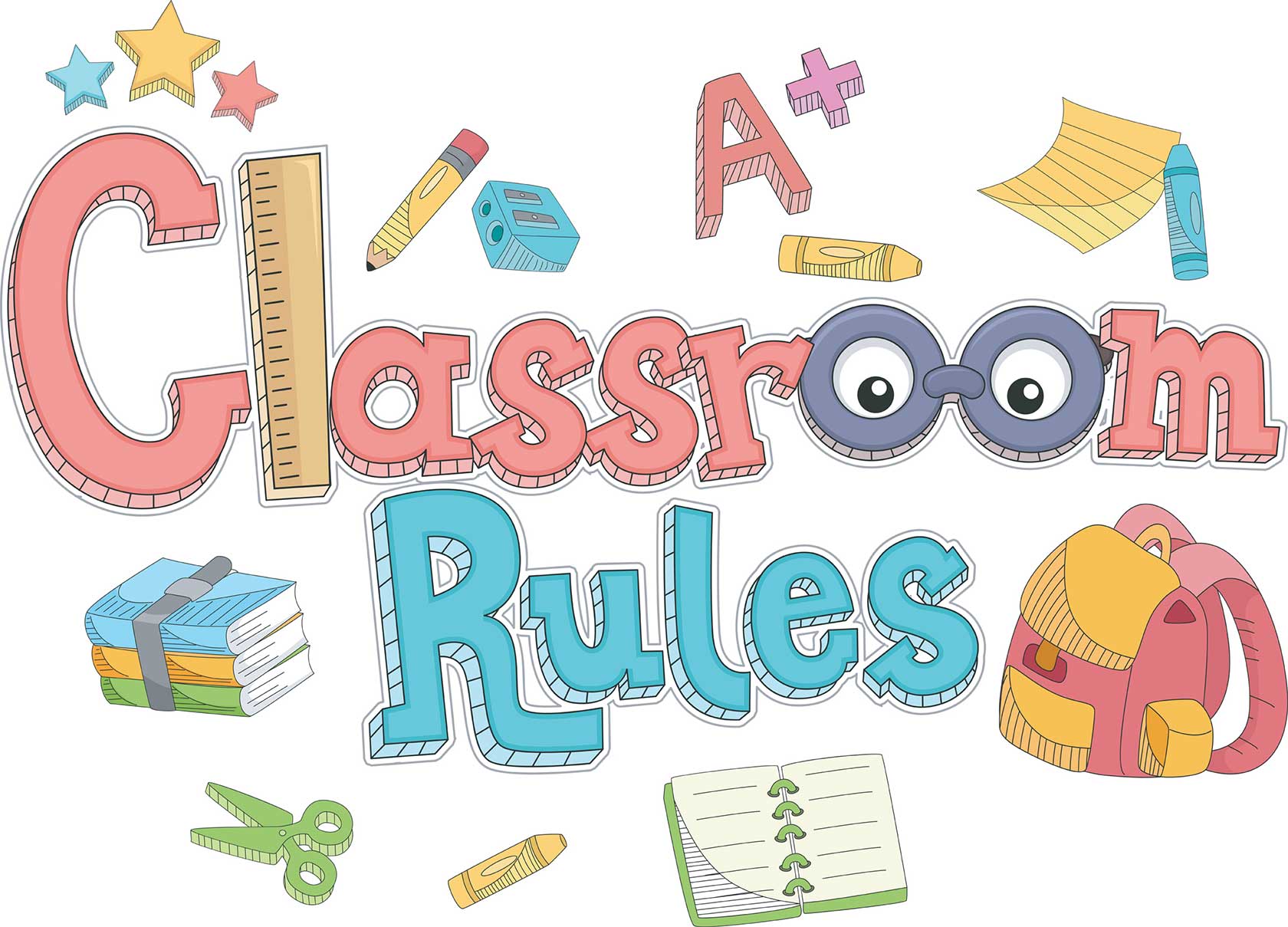Inclusion
-
[T4R] The Shouting Girl Reading/Health Unit for Year 2
📔 The Shouting Girl by Steven HuynhAC9E2LA02 (English Language and Literacy – Year 2) AC9E2LA08 (English Language and Literacy – Year 2) AC9E2LA09 (English Language and Literacy – Year 2) AC9E2LE02 (English Language and Literacy – Year 2) AC9E2LE03 (English Language and Literacy – Year 2) AC9E2LY02 (English Language and Literacy – Year 2) AC9E2LY05 (English Language and Literacy – Year 2) AC9E2LY07 (English Language and Literacy – Year 2) AC9HP2P02 (Health and Physical Education – Year 1, Year 2) AC9HP2P03 (Health and Physical Education – Year 1, Year 2) AC9HP2P04 (Health and Physical Education – Year 1, Year 2) AC9HP2P05 (Health and Physical Education – Year 1, Year 2) AC9TDE2P01 (Design and Technologies – Year 1, Year 2) -
The Shouting Girl: L9 Identifying Exclusion
📔 The Shouting Girl by Steven Huynh• We are learning about exclusion in play through Jim.
-
The Shouting Girl
Written by Steven Huynh
Illustrated by Gehenna Pham
Published by Steven De GC
Theme/topic: Emotion recognition, Emotional regulation, Inclusion, Recount, Rhyme, and Vocabulary expansion
The story follows a young girl who struggles to express herself calmly, often shouting when she feels frustrated or unheard. Through her journey, she learns to recognise and understand her emotions (AC9HPFP03, AC9HP2P03 – Foundation to Year 2, Health and Physical Education) and works to develop positive strategies for expressing her thoughts and feelings in respectful ways (AC9HPFP02, AC9HP2P02 – Foundation to Year 2, Health and Physical Education).
The story also encourages children to explore characters’ perspectives and emotional responses, fostering empathy (AC9HP2P01 – Health and Physical Education, Years 1 and 2). It helps them define safe and unsafe environments, such as calm corners, through interactions with friends in a classroom, establishing help-seeking strategies in such situations (AC9HP2P05 – Health and Physical Education, Years 1 and 2).
With its poetic language and engaging illustrations, The Shouting Girl helps students understand how rhyme and rhythm create cohesion in a text. It also explores how words and images shape settings and characters, along with other literary features such as lists of three and similes.
AC9E1LA04 (English Language and Literacy – Year 1) AC9E2LE03 (English Language and Literacy – Year 2) AC9E2LE04 (English Language and Literacy – Year 2) AC9HP2P01 (Health and Physical Education – Year 1, Year 2) AC9HP2P02 (Health and Physical Education – Year 1, Year 2) AC9HP2P03 (Health and Physical Education – Year 1, Year 2) AC9HP2P05 (Health and Physical Education – Year 1, Year 2) AC9HPFP02 (Health and Physical Education – Foundation) AC9HPFP03 (Health and Physical Education – Foundation)Finding Your Voice
📔 The Invisible Boy by Trudy Ludwig• We are learning to explore ways to include ourselves in play.
What Friends Do – Exploring Inclusion
📔 Strictly No Elephants by Lisa Mantchev• We are learning to recognise how it feels to be excluded and to think of ways to make sure everyone feels welcome in our classroom.
Fair is Fair
📔 Can I Play Too? by Mo Willems• We are learning to understand how it feels to be excluded and to think of ways to include others in play.
The Invisible Boy
Written by Trudy Ludwig
Illustrated by Patrice Barton
Published by Rhus Children’s Books
Theme/topic: Friendship and Inclusion
The Invisible Boy by Trudy Ludwig is a touching story that highlights the importance of kindness, inclusion, and empathy. Brian, a quiet and overlooked boy, often feels invisible among his classmates—until a new student, Justin, arrives and helps him find his voice. Through expressive illustrations and a heartfelt narrative, the story encourages children to recognise the impact of their actions and words in making others feel valued.
This book provides an opportunity for children to practise personal and social skills to interact respectfully with others (AC9HPFP02 – Foundation Year, Health and Physical Education). By identifying characters who have been excluded, exploring the reasons behind their exclusion, and discussing how others could have been more inclusive, The Invisible Boy fosters discussions on empathy and belonging. A powerful resource for developing emotional intelligence, this story encourages young readers to build inclusive and compassionate relationships.
Can I Play Too?
Written & illustrated by Mo Willems
Published by Hyperion Books for Children
Theme/topic: Friendship, Inclusion, and Persistence
Can I Play Too? by Mo Willems is a heartwarming and humorous story about friendship, inclusion, and problem-solving. When a new friend, Snake, wants to join Elephant and Piggie’s game of catch, the duo faces a challenge—how can someone without arms play? Through their creativity and determination, the friends work together to find a way for everyone to be included.
This engaging story provides an opportunity for children to practise personal and social skills to interact respectfully with others (AC9HPFP02 – Foundation Year, Health and Physical Education). Teachers and students can explore how characters experience exclusion, discuss why it happens, and consider ways to make activities more inclusive. With its simple yet expressive illustrations and playful dialogue, Can I Play Too? fosters inclusion, empathy, problem-solving, and cooperation, making it a valuable resource for early childhood social-emotional learning.
Strictly No Elephants
Written by Lisa Mantchev
Illustrated by Taeeun Yoo
Published by Simon & Schuster/Paula Wiseman Books
Theme/topic: Friendship, Inclusion, and Persistence
This heartwarming book talks about friendship, inclusion, and embracing differences. The book follows a young boy and his tiny pet elephant as they excitedly approach a pet club meeting, only to be turned away by a sign that reads “Strictly No Elephants.” Undeterred, the boy and his elephant set out to create their own inclusive club, welcoming all kinds of pets and friends.
This uplifting story encourages children to practise personal and social skills to interact respectfully with others (AC9HPFP02 – Foundation Year, Health and Physical Education). Through the experiences of the main character and his elephant, young readers can identify characters who have been excluded, explore the reasons behind their exclusion, and discuss how others could have acted more inclusively. The book’s gentle message, paired with its expressive illustrations, reinforces the value of belonging and the power of creating welcoming spaces for everyone. Strictly No Elephants is an inspiring read that fosters empathy, emotional intelligence, and social awareness in young readers.
Our Sharing Rules
📔 Just Enough! by Steven Huynh• Children learn to take turns and share learning materials with friends.



![[T4R] The Shouting Girl Reading/Health Unit for Year 2](https://stevendegc.com.au/wp-content/uploads/2025/07/T4R-TheShoutingGirl-UnitOverview-Cover.jpg)








